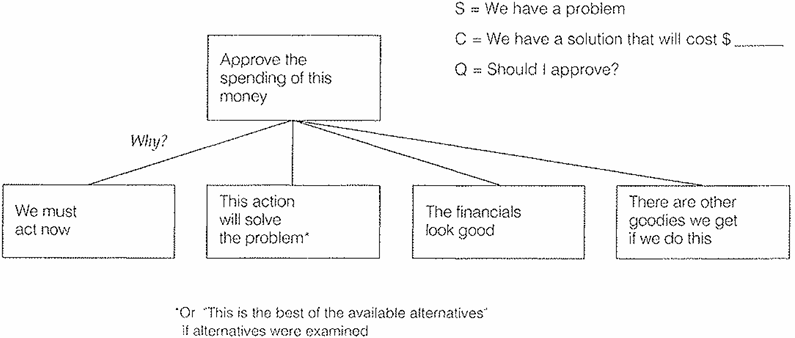

Grammar


Tenses


Present

Present Simple

Present Continuous

Present Perfect

Present Perfect Continuous


Past

Past Continuous

Past Perfect

Past Perfect Continuous

Past Simple


Future

Future Simple

Future Continuous

Future Perfect

Future Perfect Continuous

Passive and Active


Parts Of Speech


Nouns

Countable and uncountable nouns

Verbal nouns

Singular and Plural nouns

Proper nouns

Nouns gender

Nouns definition

Concrete nouns

Abstract nouns

Common nouns

Collective nouns

Definition Of Nouns


Verbs

Stative and dynamic verbs

Finite and nonfinite verbs

To be verbs

Transitive and intransitive verbs

Auxiliary verbs

Modal verbs

Regular and irregular verbs

Action verbs


Adverbs

Relative adverbs

Interrogative adverbs

Adverbs of time

Adverbs of place

Adverbs of reason

Adverbs of quantity

Adverbs of manner

Adverbs of frequency

Adverbs of affirmation


Adjectives

Quantitative adjective

Proper adjective

Possessive adjective

Numeral adjective

Interrogative adjective

Distributive adjective

Descriptive adjective

Demonstrative adjective


Pronouns

Subject pronoun

Relative pronoun

Reflexive pronoun

Reciprocal pronoun

Possessive pronoun

Personal pronoun

Interrogative pronoun

Indefinite pronoun

Emphatic pronoun

Distributive pronoun

Demonstrative pronoun


Pre Position


Preposition by function

Time preposition

Reason preposition

Possession preposition

Place preposition

Phrases preposition

Origin preposition

Measure preposition

Direction preposition

Contrast preposition

Agent preposition


Preposition by construction

Simple preposition

Phrase preposition

Double preposition

Compound preposition


Conjunctions

Subordinating conjunction

Correlative conjunction

Coordinating conjunction

Conjunctive adverbs


Interjections

Express calling interjection


Grammar Rules

Preference

Requests and offers

wishes

Be used to

Some and any

Could have done

Describing people

Giving advices

Possession

Comparative and superlative

Giving Reason

Making Suggestions

Apologizing

Forming questions

Since and for

Directions

Obligation

Adverbials

invitation

Articles

Imaginary condition

Zero conditional

First conditional

Second conditional

Third conditional

Reported speech


Linguistics

Phonetics

Phonology


Semantics


Pragmatics

Linguistics fields

Syntax

Morphology

Semantics

pragmatics

History

Writing

Grammar

Phonetics and Phonology


Reading Comprehension

Elementary

Intermediate

Advanced
Seeking Approval to Spend Money
المؤلف:
BARBARA MINTO
المصدر:
THE MINTO PYRAMID PRINCIPLE
الجزء والصفحة:
51-3
2024-09-11
316
Another very common memorandum type is one requesting approval to spend money. For those the reader's Question is always "Should I approve the request?", and here again the Question would be implied rather than stated
Requests for funds tend to be structured roughly as follows:
S = We have a problem
C = We have a solution that will cost$ ____
Q = (Should I approve?)
Or, to put meat on it:
S = As you know; work in our department has increased by 20% a year for each of the last 4 years. Nevertheless, in line with headquarters policy, we have kept the head count to just 14 people. The result has been overtime and week end work, plus a growing backlog.
C = The backlog has now reached 22 weeks, which the field is finding unacceptable, and we have no further scope for adding hours. Research has indicated that we can both cut the backlog and reduce the need for overtime working by installing an IBM ___ at a cost of $ ___
Q = (Should I approve?)
A = We urge your approval of this request.
In supporting a request for approval, there tend to be three, sometimes four, standard reasons used to defend the expenditure:
You should approve this request because:
- Resolution of the problem cannot wait
- This action will solve the problem (or this is the best way to solve the problem, if there are alternatives available)
- The cost will be more than offset by the projected savings (or some other form of financial justification)
- There are other goodies we can get.
The first point allows you to describe the problem in full detail, while the second point allows you to do the same for the solution. The third point covers normal financial analysis.
As for the fourth point, the facts do not always support this final statement, which might say something like, "It will create new opportunities for service". But if they do, you want to include them. In other words, you would not take the action for this reason, but as long as you are planning the action, you might as well point out this additional advantage.
Here, in rough concept, is how the pyramid would look.
